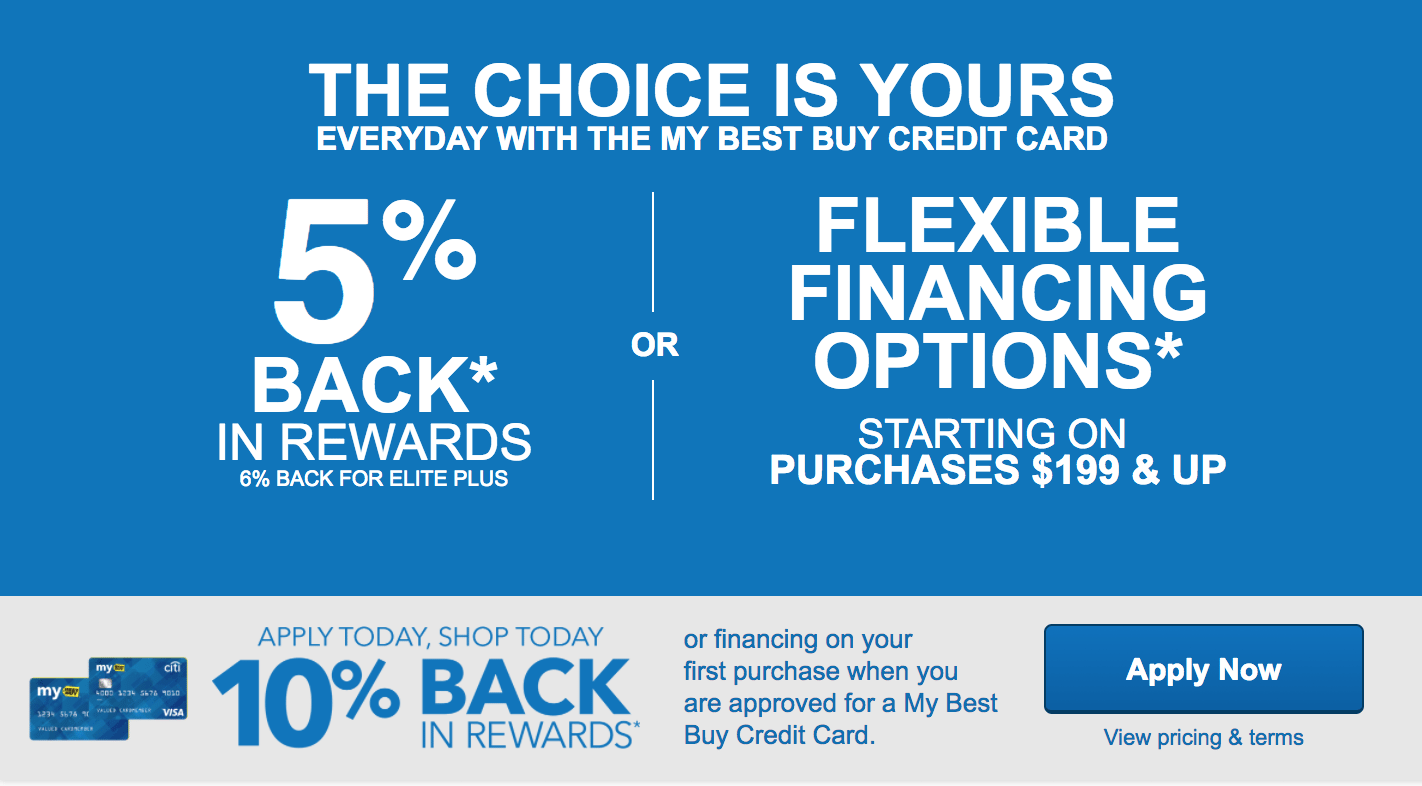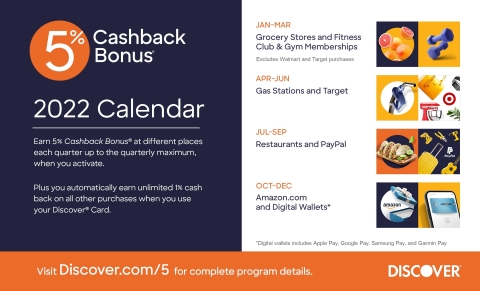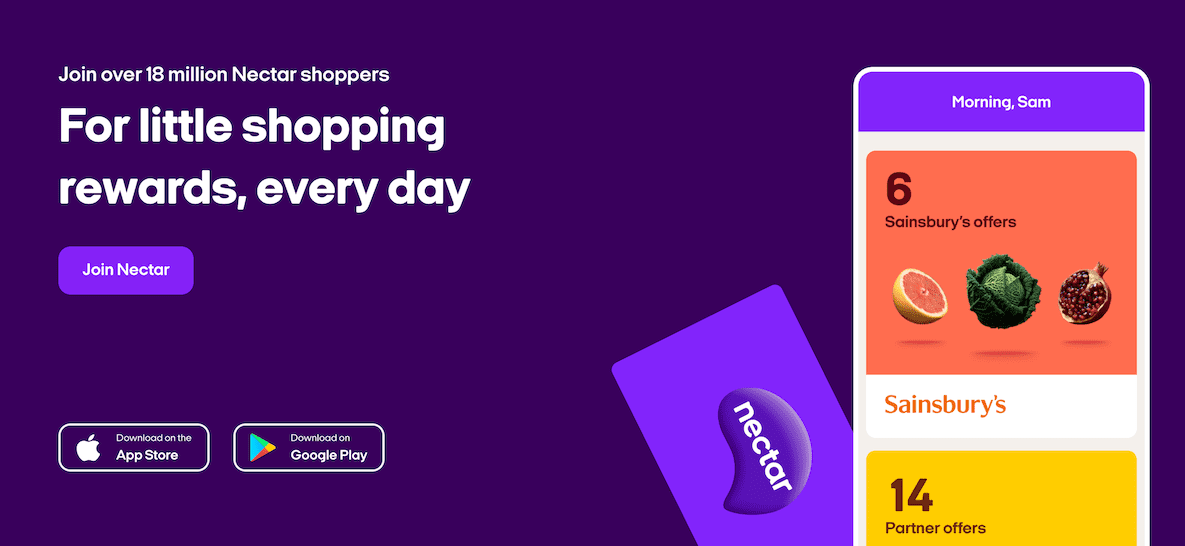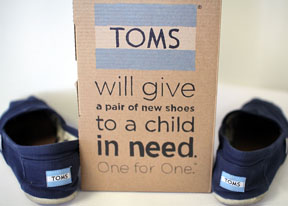In today’s competitive marketplace, businesses are constantly striving to retain customers and cultivate loyalty. Customer loyalty programs have become an essential tool for achieving this goal. These programs are designed to reward customers for their repeat business and foster a long-term relationship between the brand and the consumer.
But what makes a customer loyalty program truly effective?
In this article, we’ll explore various examples of successful customer loyalty programs, and highlight the benefits they bring.
What are Customer Loyalty Programs?
Customer loyalty programs are structured marketing strategies designed to encourage customers to continue to shop at or use the services of a business associated with each program. These programs reward customers for their repeat business and can include various incentives such as points, discounts, exclusive offers, and other perks. The main goal is to enhance customer retention, increase engagement, and ultimately drive higher sales.
The Importance of Customer Loyalty Programs
- Increased Customer Retention: Loyalty programs provide customers with reasons to return, thereby increasing retention rates.
- Boosted Sales: Rewarding customers encourages repeat purchases, leading to increased sales.
- Customer Engagement: These programs create more touchpoints with customers, fostering engagement and brand loyalty.
- Competitive Advantage: A well-designed loyalty program can differentiate a brand from its competitors.
Types of Customer Loyalty Programs
1. Point-based programs
Point-based loyalty programs are among the most common. Customers earn points for each purchase, which can then be redeemed as a reward.
Example:
Best buy rewards: Customers earn points for every purchase, which can be redeemed for Best Buy gift certificates and discounts on future purchases.

2. Tiered loyalty programs
Tiered programs reward customers based on different levels of loyalty. The more a customer spends or interacts with the brand, the higher the tier they achieve, unlocking more significant rewards.
Example:
Marriott bonvoy: This program has several tiers – Member, Silver Elite, Gold Elite, Platinum Elite, and Titanium Elite – each offering increasing benefits like free Wi-Fi, room upgrades, and lounge access.

3. Paid membership programs
Customers pay a fee to join these programs and receive exclusive benefits in return.
Example:
Costco membership: Members pay an annual fee to access Costco’s warehouses and benefit from lower prices on bulk goods, exclusive deals, and services.

4. Cashback programs
These programs offer customers a percentage of their purchase back as cash rewards.
Example:
Discover cashback bonus: Discover cardholders earn cashback on every purchase, with rotating categories offering higher cashback rates each quarter.

5. Coalition programs
Coalition programs involve multiple businesses coming together to offer a unified loyalty program, allowing customers to earn and redeem points across different brands.
Example:
Nectar: UK-based Nectar allows customers to earn points at a variety of retailers, including Sainsbury’s, Argos, and eBay, which can be redeemed for discounts and special offers.

6. Hybrid loyalty programs
Hybrid programs combine two or more types of loyalty programs to offer a broader range of benefits.
Example:
Macy’s star rewards: This program combines points-based rewards with tiered benefits. Members earn points on purchases and enjoy perks like birthday surprises, special savings, and free shipping based on their tier.

7. Value-based loyalty programs
These programs focus on aligning with customers’ values, such as sustainability or social causes, offering rewards for behaviors that support these values.
Example:
TOMS One for One: TOMS rewards customers by donating a pair of shoes to a child in need for every pair purchased, aligning with social responsibility and customer values.

Examples of Successful Customer Loyalty Programs
1. Starbucks Rewards
Starbucks Rewards is one of the most well-known and successful loyalty programs in the world. The program is designed to reward customers for every purchase they make, with points that can be redeemed for free drinks, food, and other perks.
Key features:
- Point-Based System: Customers earn “Stars” for every purchase made using the Starbucks app or a registered Starbucks card.
- Tiered Rewards: As customers accumulate more Stars, they unlock higher tiers of rewards, such as free refills, birthday treats, and personalized offers.
- Exclusive Offers: Members receive exclusive promotions and discounts, encouraging them to return more frequently.
2. Amazon Prime
Amazon Prime is a subscription-based loyalty program that offers a range of benefits to its members. While it requires an annual fee, the perks provided often outweigh the cost for frequent Amazon shoppers.
Key features:
- Free Shipping: Unlimited free two-day shipping on eligible items.
- Exclusive Access: Early access to deals, Prime-exclusive products, and sales.
- Additional Services: Access to streaming services like Prime Video, Prime Music, and more.
3. Sephora Beauty Insider
The Sephora Beauty Insider program is a tiered loyalty program that rewards customers based on their annual spending at Sephora.
Key features:
- Point Accumulation: Members earn points for every dollar spent, which can be redeemed for deluxe samples, experiences, and more.
- Tiered Levels: The program has three tiers – Beauty Insider, VIB, and Rouge – each offering increasing benefits.
- Exclusive Perks: Members enjoy birthday gifts, exclusive events, and early access to new products.
4. Rakuten (formerly Ebates)
Rakuten offers a cashback program where customers earn a percentage of their purchase back as cash rewards when they shop through the Rakuten portal.
Key features:
- Cashback: Earn cashback at various retailers by shopping through Rakuten.
- Seasonal Promotions: Special promotions and higher cashback rates during sales events.
- Referral Bonuses: Earn bonuses for referring friends to join Rakuten.
5. Air Miles
Air Miles is a coalition loyalty program that allows customers to earn points from a variety of partners and redeem them for travel, merchandise, and more.
Key features:
- Point Accumulation: Earn miles from purchases at participating partners.
- Redemption Options: Redeem miles for flights, hotel stays, merchandise, and gift cards.
- Exclusive Offers: Special promotions and bonus miles events.
6. Walgreens Balance Rewards
Walgreens Balance Rewards combines points-based rewards with personalized offers and discounts to drive customer loyalty.
Key features:
- Point-Based Rewards: Earn points for purchases and healthy behaviors, like walking.
- Personalized Offers: Tailored discounts and promotions based on shopping habits.
- Health Incentives: Extra points for health-related activities, such as filling prescriptions and participating in health challenges.
7. Patagonia’s Common Threads Initiative
Patagonia’s Common Threads Initiative aligns with the company’s sustainability values, encouraging customers to reduce, reuse, and recycle.
Key features:
- Sustainability Rewards: Rewards for trading in used Patagonia gear for store credit.
- Repair Services: Encourages repairing over replacing, with rewards for sustainable practices.
- Community Engagement: Fosters a community focused on environmental responsibility.
8. Nordstrom’s The Nordy Club
Nordstrom’s The Nordy Club combines point-based rewards with personalized experiences to enhance customer loyalty.
Key features:
- Point Accumulation: Earn points for every purchase, which can be redeemed for Nordstrom Notes (store credit).
- Exclusive Access: Early access to sales, personal styling services, and other VIP experiences.
- Tiered Rewards: Higher tiers unlock more significant rewards and benefits.
9. REI Co-op Membership
REI Co-op Membership is a paid program that offers members a range of benefits, including annual dividends, discounts, and access to exclusive events.
Key features:
- Annual Dividend: Members receive a share of REI’s profits based on their purchases.
- Member Discounts: Exclusive discounts on gear, rentals, and classes.
- Community and Events: Access to members-only events, adventure trips, and educational workshops.
10. Hilton Honors
Hilton Honors is a hotel loyalty program that rewards members with points for stays, which can be redeemed for free nights, upgrades, and other benefits.
Key features:
- Point Accumulation: Earn points for every stay at Hilton properties.
- Tiered Benefits: Higher membership tiers offer perks like free breakfast, room upgrades, and late check-out.
- Partnership Rewards: Earn points through partner offers, including airlines, car rentals, and credit cards.
Benefits of Implementing Customer Loyalty Programs
1. Enhanced customer engagement
Loyalty programs keep customers engaged by providing them with continuous incentives to interact with the brand. This engagement often translates to higher brand affinity and more word-of-mouth referrals.
2. Data collection and insights
These programs provide businesses with valuable customer data and insights, helping them understand purchasing behaviors, preferences, and trends. This data can be used to tailor marketing efforts and improve product offerings.
3. Improved customer retention
Loyalty programs are highly effective in improving customer retention. When customers feel valued and rewarded, they are more likely to stay loyal to the brand and make repeat purchases.
4. Increased revenue
By encouraging repeat purchases and higher spending, loyalty programs can significantly boost a company’s revenue. Customers who are part of a loyalty program tend to spend more than non-members.
Creating an Effective Customer Loyalty Program
1. Understand your customers
The first step in creating a successful loyalty program is to understand your customers’ needs, preferences, and behaviors. This involves collecting and analyzing customer data to gain insights into what motivates them.
2. Choose the right type of program
There are several types of loyalty programs, including point-based systems, tiered programs, and paid memberships. Choose the type that aligns best with your business model and customer base.
3. Offer valuable rewards
Ensure that the rewards you offer are valuable and appealing to your customers. This can include discounts, exclusive products, early access to sales, and personalized offers.
4. Promote your program
Effectively promote your loyalty program through various marketing channels to ensure that customers are aware of it. Use email marketing, social media, and in-store promotions to spread the word.
5. Continuously improve
Regularly review and analyze the performance of your loyalty program. Use customer feedback and data insights to make necessary improvements and keep the program fresh and engaging.
Conclusion
Customer loyalty programs are a powerful tool for businesses looking to enhance customer retention, engagement, and revenue. By implementing well-designed loyalty programs, companies can create lasting relationships with their customers and stand out in a competitive market. Platforms like LeadSquared provide the tools and insights needed to create and manage these programs effectively.
FAQs
The key elements include understanding customer needs, offering valuable rewards, using the right type of program, promoting it effectively, and continuously improving based on customer feedback and data insights.
Loyalty programs are important because they increase customer retention, boost sales, enhance engagement, provide valuable customer insights, and offer a competitive advantage in the market.
They should communicate clearly, keep programs simple and accessible, personalize rewards, engage consistently, and track results for optimization. Implementing these strategies helps small businesses leverage loyalty programs to enhance customer retention, drive sales, and build lasting customer loyalty.







